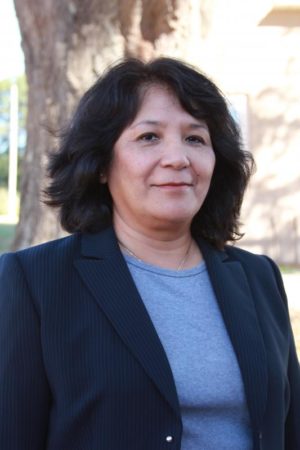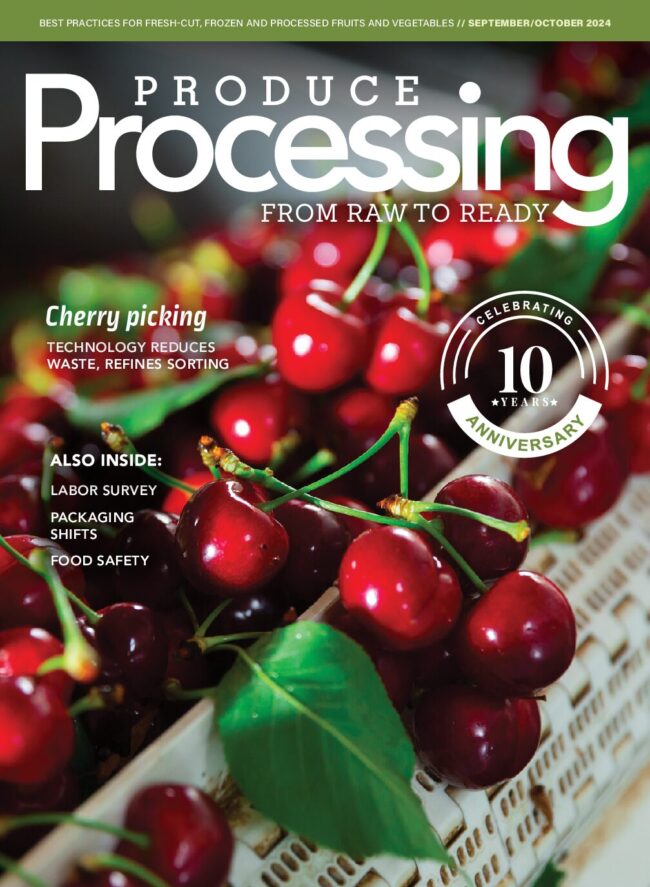Emerging pathogen Cyclospora focus of CPS study
Ynés Ortega, Ph.D., with the University of Georgia, is leading a research project that will identify potential sources of the protozoan pathogen, Cyclospora cayetanensis.

Through her project, “The prevalence of Cyclospora in water and produce,” she hopes to provide produce industry members a science-based picture of the presence of Cyclospora in Florida and California, the organism’s seasonality, and where it potentially could be located. The results also may help them make more informed decisions about sampling in potentially higher-risk areas and months.
In addition, Ortega’s research is designed to complement previous and current CPS-funded work on the emerging foodborne pathogen.
For years, Cyclospora was thought of as a problem linked to imported produce, because the pathogen is endemic in many countries. But a handful of outbreaks during the past four years tied to U.S.-grown produce, as well as an earlier Canadian study, changed those beliefs.
Cyclospora also is a bit of an enigma, she said. With many bacterial foodborne pathogens, processors can augment field preventive practices by adding chlorine, peracetic acid or other sanitizing agents to wash water to prevent cross-contamination.
But there is no similar water treatment for Cyclospora. Instead, preventing the microorganism from potentially contaminating produce in the field is key to avoiding outbreaks, Ortega said.
“All of those treatments they’re using cannot kill Cyclospora,” she said. “We don’t have an effective control point when it comes to processing, so we really, really need to focus 100% on what’s happening in the field.”
On the plus side, Ortega said, Cyclospora cannot reproduce in the environment and needs a human host to complete the cycle.
Infection occurs when humans ingest sporulated oocysts, the parasite’s mature, infective form. This typically occurs when food or water contaminated with feces containing the parasite is ingested. The infected person then sheds unsporulated — or immature, non-infective — oocysts in their feces. It takes about one to two weeks of favorable conditions for the oocysts to mature and become infective.
But the complex reproductive cycle also complicates laboratory assays and confirmation. Ortega is using molecular tests to minimize the chances of false positives. The multiple tests also provide a more detailed genetic fingerprint that could possibly be used to trace the pathogen’s origin.
Finding Cyclospora DNA in a sample means simply that — the DNA is present, but it doesn’t necessarily mean it’s viable or infectious.
“The more information, the better,” she said. “We’re using one of these tests to find the positive samples and then the other test to confirm and to add more information. That way we get a better idea of what’s going on.
“There are other pathogens that are very closely related to Cyclospora cayetanensis. That’s why we’re very careful just to make sure if we call it Cyclospora, it has to be Cyclospora.”
During her two-year project, Ortega will visit cooperating California and Florida produce operations monthly to collect water samples to test for C. cayetanensis. She also will collect produce samples from Florida to test for the pathogen.
Ortega credited industry partners with educating her about typical farming practices, which include irrigation and water sources, so her results will be applicable.
“I think the industry has been very helpful in giving us some critical ideas and their concerns,” she said. “We’ve been very, very thankful and very lucky to find collaborators who are so engaged in this. They come with me and are learning how to do this sampling.”
Previous epidemiological studies have found that Cyclospora is seasonal, with the peak period in the United States from June through August when most cases of Cyclospora are observed. Similar peaks are seen in Mexico and Guatemala as well as a number of other countries.
“It shows up at certain times of the year, and the cycle repeats every single year,” she said.
Should her research show the presence of Cyclospora oocysts in the surface waters in Florida and/or California, she said it could help the industry identify potentially high-risk months and when to increase their sampling.
Ultimately, Ortega hopes her research leads to simple, rapid water sampling and testing methods for the produce industry to use for Cyclospora.
“You can have something that’s really good, but if it’s so unpractical to do, it won’t get done,” she said. “We’re trying to make this user-friendly because we want people to use it.”
— Center for Produce Safety







